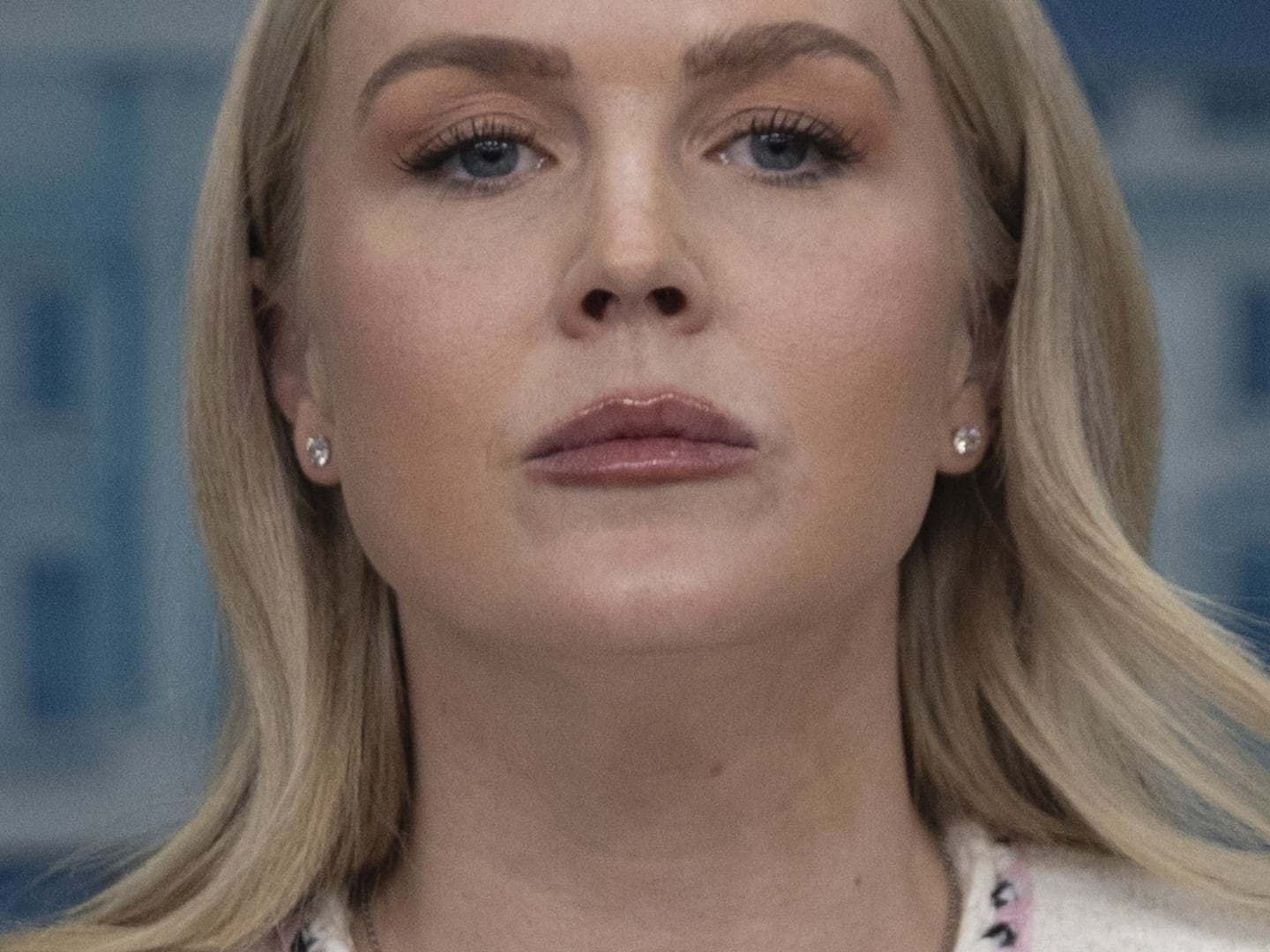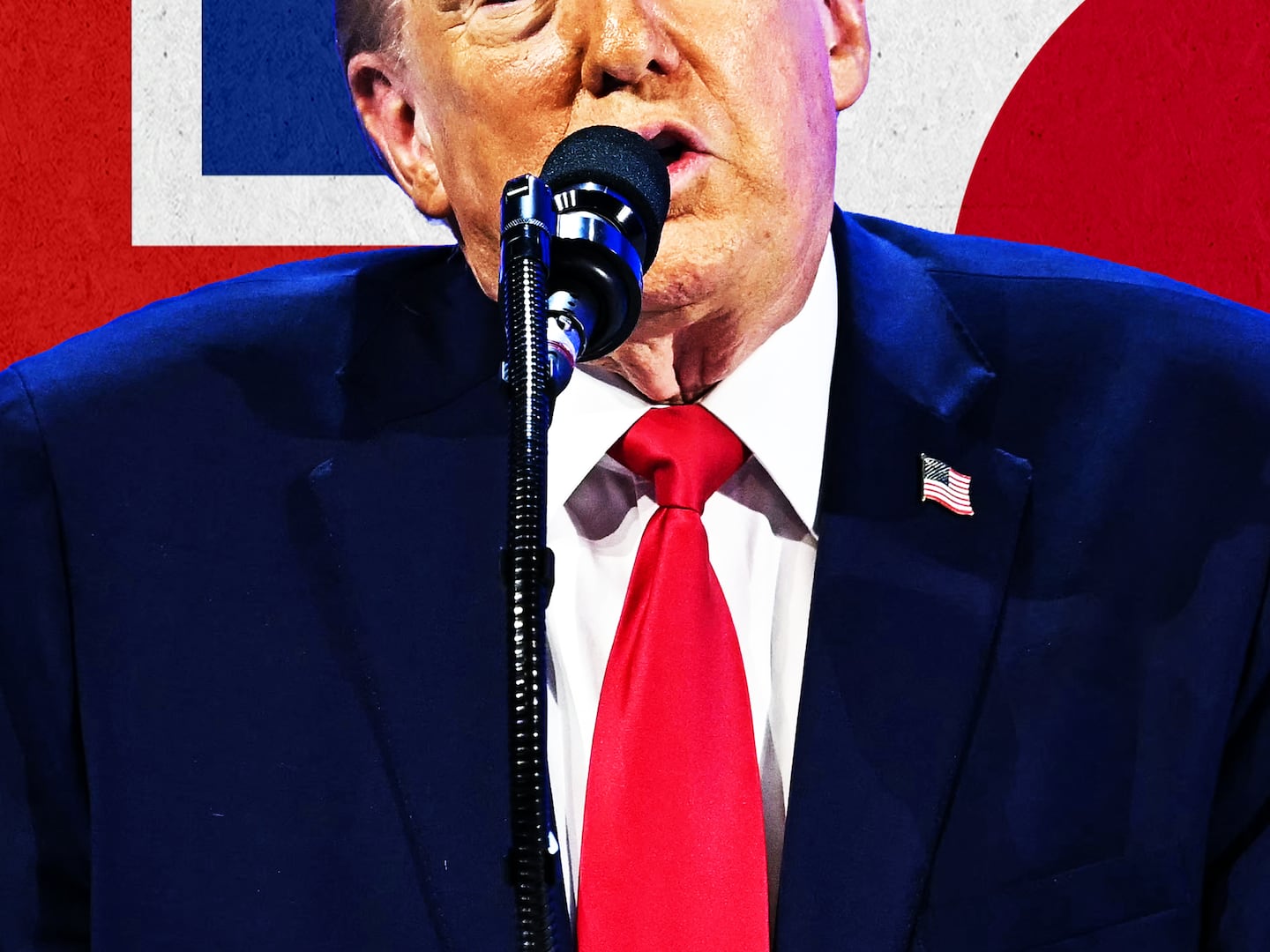When Marilyn Monroe sang ‘Diamonds are a girl’s best friend’ in Gentlemen Prefer Blondes (1953) it was an ode to an industry synonymous with arguably the world’s most luxurious stone.
Diamonds have long been a staple for engagement rings, wedding anniversary gifts and even the tips of drills. It was diamonds that brought fame and fortune to luxury brands like Tiffany & Co. and Harry Winston.
However, in an era of millennials who prefer to spend money on things like travel, and who will look at other luxury goods like handbags to invest their money in, the diamond industry is facing new challenges.
In the wake of a struggling market, companies like De Beers have had to cut prices by 9 percent.
Petra Diamonds Ltd.’s chief Johan Dieppenaar recently warned that it’s still too early to tell if the industry had rebounded from the worst year they had seen since the financial crisis.
Many young women don’t see diamonds the way the generations before them did.
Hope Rehak is a 26-year-old graduate student at Northwestern University. Growing up, diamonds were never looked at as a sign of luxury or necessity in her family. Her mother had a wedding band without diamonds, and she recalls her progressive parents telling her that a lot of diamonds were unethical.
“As a young girl, I was told that diamonds had a lot of issues surrounding slavery and bad mining conditions,” Rehak said. “I feel very weird about the concept of blood diamonds, and if I were to ever get a stone I would prefer it to be ‘ethically procured’ if there even really is such a thing.”
A blood diamond is a term used for diamonds mined in a war zone used to finance insurgency. They came to prominent attention thanks to the 2006 film of the same name starring Leonardo DiCaprio.
Rehak only recently started paying attention to the diamond industry at all, and that was because as a young millennial woman in her mid 20s, a lot of her friends around her began getting engaged. While Rehak is living the single life, she said that even when she falls in love and gets engaged she has no expectation of diamonds.
There are still those millennial women who have a sentimental spot for diamonds, however.
Catherine Vega is a 26-year-old professional working in branding and marketing. She grew up receiving diamonds as gifts and present from her parents and family members, but it wasn’t until three years ago that she began developing an appreciation for them.
“I never thought much about the gifts I was receiving when I was young, but three years ago when my grandmother passed away, my house was also broken into and my diamonds were stolen. Suddenly, all those years of memories of gifts she gave me were gone, and I developed an entirely new fascination with them,” Vega said.
Her grandmother worked in the jewelry industry. As a single mother, she needed to do something to pay the bills, so she became a traveling jewelry saleswoman. As someone working in the jewelry industry, she was able to procure her share of diamonds as well. “They weren’t huge diamonds, but they were impeccable,” Vega said.
Her dream diamond ring is a stone that’s clear without tint, accompanied by a ring of real gold or sterling silver. She isn’t ignoring the politics behind diamonds though.
“In this day and age, diamonds should be acquired by ethical means,” Vega said. “We need to shift the market to make more diamonds as ethical as possible.”
It is not just millennial attitudes posing problems for the diamond industry. Economic factors are at play as well.
China’s slowdown and an industry credit crunch pushed prices down 18 percent last year, so De Beers and Russia’s Alrosa PJSC responded by restricting supply.
This did lead to some diamond shortages, but also led to a 3.7 percent price increase. De Beers and Gem Diamonds Ltd. have said it is still to early to tell if the recovery will continue.
This week, it was reported that the 37th World Diamond Congress will focus on financial issues facing the industry.
The Congress, set to take place in Dubai from May 16 to the 19, will tackle global financing options and how the industry can best deal with the challenges the diamond industry is currently facing.
In Belgium, the Antwerp World Diamond Centre reported that tighter profit margins and lower bank credit affected Belgium’s diamond trade in 2015. It was difficult for diamond traders to turn a profit, and average profit margin was in the 0.1 to 0.4 percent range.
The closure of the Antwerp Diamond Bank, a pillar of the diamond industry, also hurt the country’s diamond business.
Some have a very optimistic outlook for diamonds, though.
According to Russell Shor, senior industry analyst at the Geomological Institute of America, sales for diamonds aren’t actually declining, but, rather, they are static with no exciting growth due to the economic situations of other countries.
In China, the economy has slowed down. Diamond mining and wholesale companies trade in United States dollars, so when the dollar is high it’s a deterrent to buy diamonds.
Currencies in Russia, India, and Europe are also down against the dollar, and this makes diamonds, just like everything else, more expensive in those countries.
As for why diamonds have declined domestically, Shor said it is because of the different priorities of twentysomethings. “People in the millennial generation need to save more. If you’re a young person trying to buy a house in this market where housing prices have risen and wages still haven’t caught up, obviously you aren’t thinking about buying really expensive diamonds.”
While the diamond industry isn’t in decline, Shor said, there is a decline in the sales of expensive diamonds, so people are opting for more commercial stones that are often a quarter the cost.
Fashion companies aren’t slashing their jewelry categories, but trying to find a more directly fashion-focused use for diamonds, like the high heel collections of brands like the House of Borgezie and on the detailing of luxury handbags like the Hermès Birkin which now comes in a crocodile and diamond version with a $432,000 price tag.
Rather than discarding diamonds as a category, luxury goods companies are seeing how else they can be integrated into in demand products for the high-end consumers.
While diamonds still have their place among the fashion brands, traditional jewelers say they are feeling the effects of a slower than usual period for diamond sales.
Jon Supporta, owner of Jon Ro Jewelers in New York, has been in the diamond industry for over 40 years. For the last 20 years, his boutique at 47th Street and 5th Avenue where his clientele is a mixture of both tourists and residents.
While he gets a broad age range of customers, he has noticed around 2006 that people seemed to be buying diamonds less.
“The economy had a lot to do with it,” Supporta said. “People are also doing a lot more buying online.” Despite the dip in sales, Supporta isn’t worried about our love affair with diamonds declining to nothing.
“Diamonds will always be the number one stone,” Supporta said. “They represent legacy, heritage, tradition, and tradition. It’s about a commitment. Customers are also more educated today. They come in knowing what they want and it will always be up to us, the salespeople, to provide it.”






